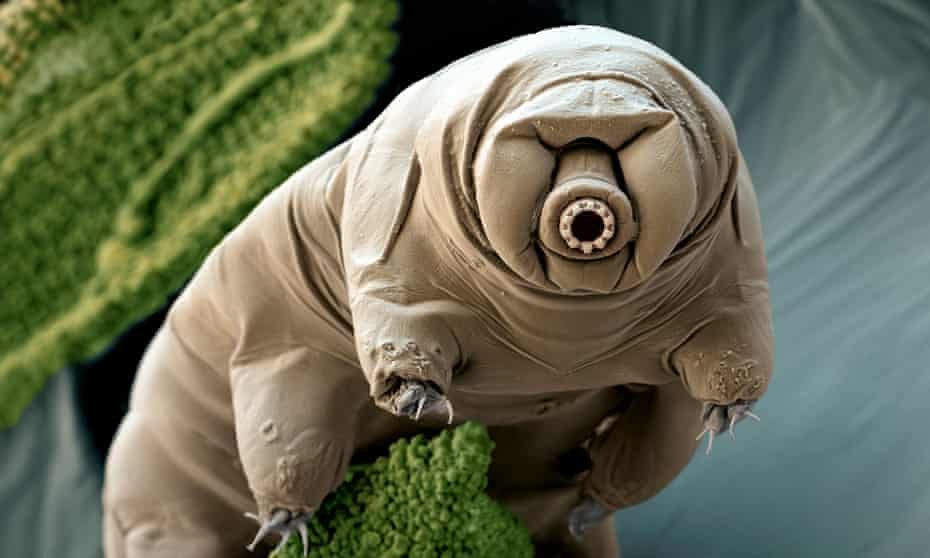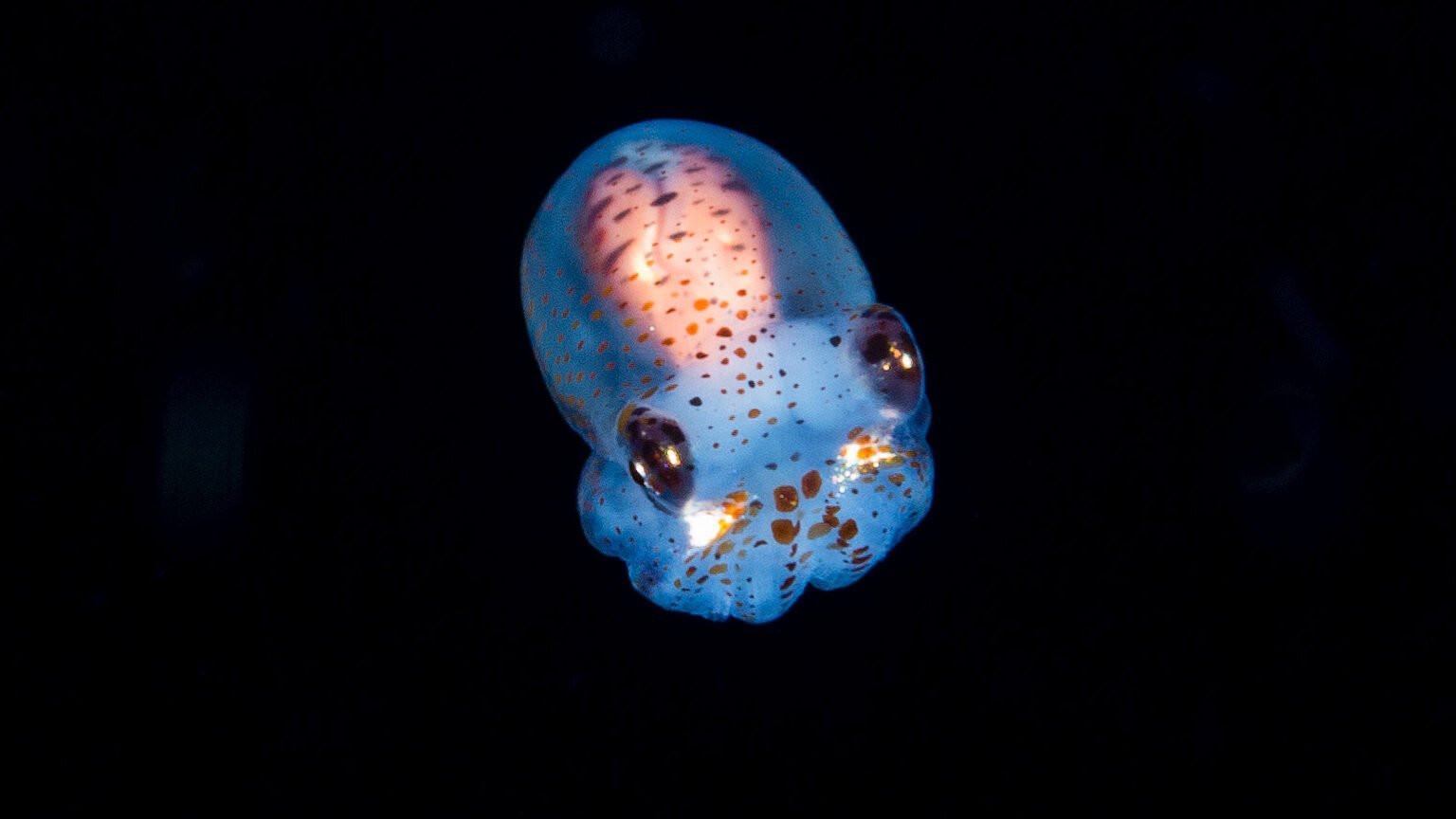On June 3, at 1:29 p.m., SpaceX is going to launch microscopic creatures through the Falcon 9 rocket from Kennedy Space Center in Florida. And in this mission, nearly 5000 tardigrades (aka water bear) and 128 glow-in-the-dark baby squids will be launched in space by NASA.
As reported by Live Science, in the upcoming 7 days, mentioned creatures are to be sent to International Space Station (ISS) as a part of SpaceX’s 22nd cargo resupply mission
Also in the past, when Israeli Rocket Beresheet was taking thousands of tardigrades (Dehydrated) onboard, it crashed into the moon because of the failed landing attempt on April 11, 2019. Hardly any life could survive that crash, probably these animals would as they were in their dehydrated state from which they might be revived.
Such abilities make tardigrades suitable for a research program (as in ISS), where astronauts try to figure out the unique and specific genes which are responsible for the extraordinary feats of adapting to the high-stress environments in such animals. Also, it gives some important information about health impacts during long space travel.
Tardigrades – Uniqueness

Tardigrades aka Water Bears, because of their tubby and bear-like appearances in the microscope are very small in size, just 1mm (0.04 inches) long. These had some unique capabilities like surviving in extreme radiation, in pressure which is six times those found in the deepest parts of the ocean, in the total vacuum of space, and thus are selected for this mission.
Tardigrades can still live in a dried-out state, frozen state, and heated up in the boiling point of water. They can survive in radiation thousands of times if compared to humans. Also can live for days without oxygen or with less oxygen. Thomas Boothby, assistant professor of molecular biology at the University of Wyoming and principal investigator for the experiment said,
“They have been shown to survive and reproduce during spaceflight, and can even survive long exposure to the vacuum of outer space.”
For Boothby’s study, astronomers will figure out the molecular biology related to tardigrades, to look for any signs of small and long-term adaptation to life in Earth’s lower orbit. This tells astronauts about the hardness of zero gravity and increased radiation exposure.
He further conveyed that information from these creatures which are set to reach stations that are in a semi-frozen state will provide vital insights for future therapies that could protect astronaut’s health during long space missions.
Glowing Baby Bobtail Squids

In another and similar experiment glow-in-the-dark baby bobtail squid are set to be sent to the resupply mission. These animals are 3 mm long (0.12-inch) and have a unique light-producing organ in their bodies. The bioluminescent bacteria in that organ give squid their glow. Researchers also investigate and try to study the symbiotic relationship between that bacteria (bioluminescent bacteria) and squid to look at how these microbes interact with animal tissues in space.
Jamie Foster, a microbiologist at the University of Florida and principal investigator of the Understanding of Microgravity on Animal-Microbe Interactions (UMAMI) experiment said,
“Animals, also humans, depend on microbes to maintain a healthy digestive and immune system. We do not fully know about how spaceflight alters these beneficial interactions.”
Initially, squids were born without the bacteria. Bacteria are acquired by them from oceans. Thus researchers planned to add the bacteria in squids as soon as these animals get liquidated out at the ISS. This can help them to look upon how squids establish symbiosis with the bacteria. After examining the molecules produced during the process researchers will be able to identify the genes that are turned on and off by squids to achieve the feat in space. This could help humans to look at the immune system micro creatures effectively during long space journeys.
Space travel not only affects physical health but also the mental health fof humans. Despite this tardigrades experienced worse recently after being shot by a high-speed gun. That study showed that tardigrades can survive the impacts that are made at high speed around 3,000 feet per second.
Although the journey into space is a stressful one, the tardigrades, at least, have endured worse, having recently survived being shot from a high-speed gun. Tardigrades, squids, and such other micro creatures may help the researchers in many ways.
